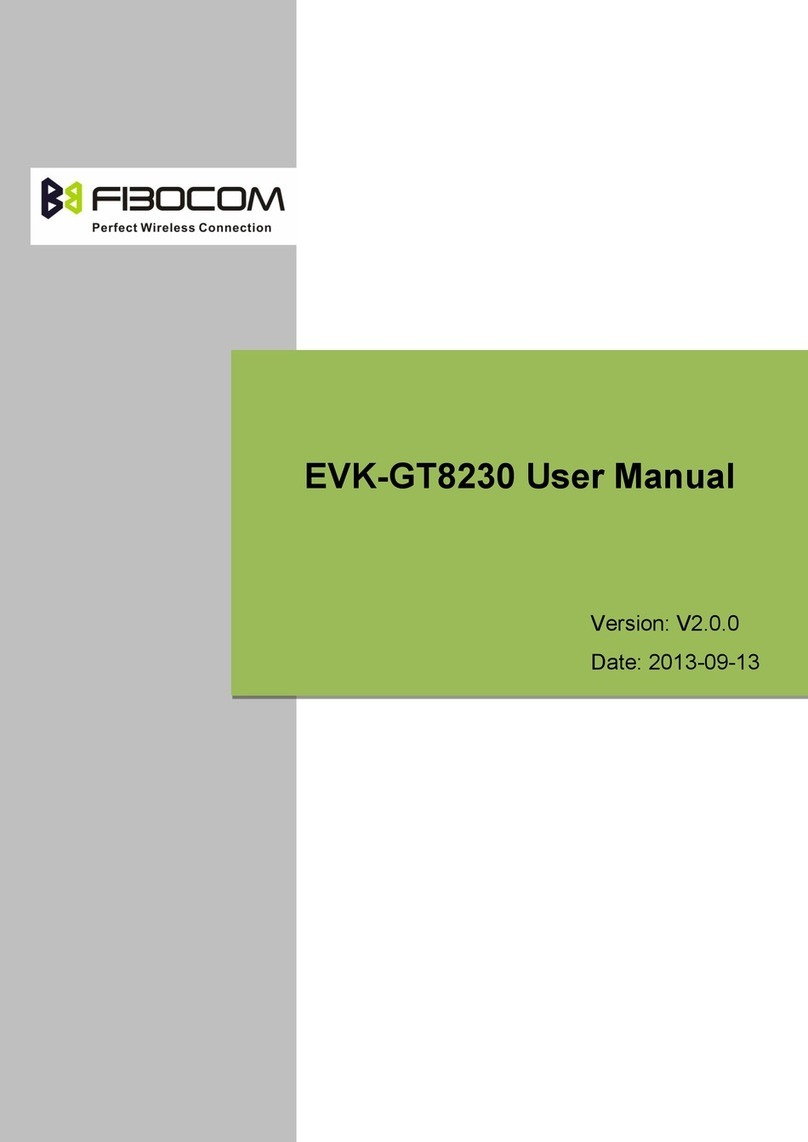H330 HSPA+ Module Development Kit User Manual Page 3 of
25
Contents
1 Preface.................................................................................................................................................................................5
1.1 Introduction .............................................................................................................................................................5
1.2 Target Audience ......................................................................................................................................................5
1.3 Applicable Documents ............................................................................................................................................5
2 Introduction...........................................................................................................................................................................6
2.1 Production Description............................................................................................................................................6
2.2 Production Composition..........................................................................................................................................6
2.3 The View of Development Board.............................................................................................................................7
3 The Quickly Guide................................................................................................................................................................8
3.1 Connection..............................................................................................................................................................8
3.2 Execute Hyperterminal or Another Serial’s Tools on PC .........................................................................................8
3.3 Power Supply..........................................................................................................................................................8
4 Development Board Description...........................................................................................................................................9
4.1 Power Supply..........................................................................................................................................................9
4.1.1 Direct Power Supply.......................................................................................................................................9
4.1.2 The AC-DC Adapter Power Supply.................................................................................................................9
4.1.3 The Peripheral Circuit of Power Supplies.....................................................................................................10
4.2 Main Interface .......................................................................................................................................................10
4.2.1 Main DB9 RS232 Interface...........................................................................................................................11
4.2.2 USB Interface...............................................................................................................................................11
4.3 The Switch and Control.........................................................................................................................................11
4.3.1 The Peripheral Circuit of POWER_ON.........................................................................................................11
4.3.2 The Peripheral Circuit of RESET_N .............................................................................................................12
4.3.3 LVDD LED Indicator .....................................................................................................................................12
4.3.4 Power on Process ........................................................................................................................................12
4.4 RTC (Real Time Clock).........................................................................................................................................13
4.5 SIM Card Interface................................................................................................................................................13
4.6 Audio Interface......................................................................................................................................................14
4.7 ADC Interface........................................................................................................................................................14
4.8 MobileAnlayser SW Interface................................................................................................................................14
4.9 Additional Serial Port.............................................................................................................................................15



























